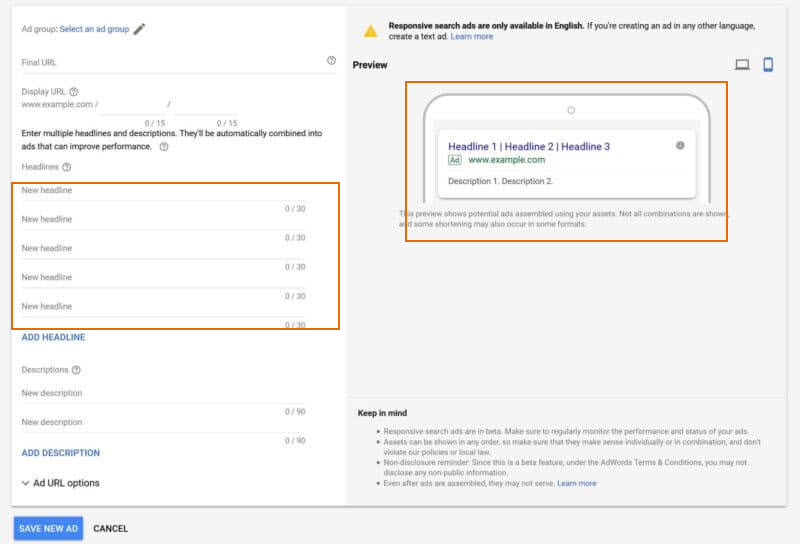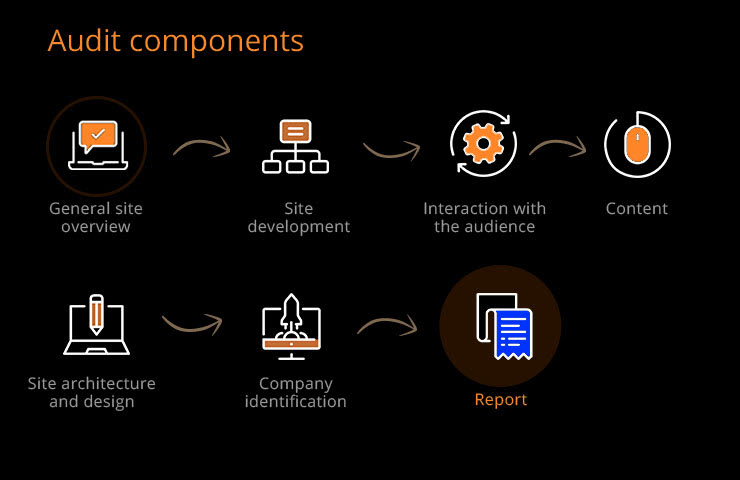In the vast landscape of digital marketing and search engine optimization (SEO), one element stands out as the cornerstone of success: keyword research. Without a doubt, understanding how to identify and target the right keywords can make or break your SEO strategy. It's not just about ranking high on Google; it's about reaching the right audience with the right intent. In this comprehensive guide, we'll delve into the world of keyword research and equip you with the knowledge and tools you need to achieve SEO success.
Chapter 1: Why Keyword Research Matters
The Power of Keywords
Keywords are the words and phrases that people type into search engines like Google when looking for information, products, or services. They are the bridge that connects your content to your audience. Targeting the right keywords ensures that your content reaches users who are genuinely interested in what you have to offer.
Understanding User Intent
Effective keyword research goes beyond finding popular keywords. It involves understanding user intent — why someone is searching for a particular keyword. Are they looking for information, trying to buy a product, or seeking a solution to a problem? Understanding intent helps you create content that meets user expectations.
Chapter 2: Getting Started with Keyword Research
Brainstorming Keywords
Begin by brainstorming a list of potential keywords related to your niche, business, or content. Ask yourself what terms your target audience might use when searching for information in your field.
Use Keyword Research Tools
To expand your list and refine your choices, leverage keyword research tools like Google Keyword Planner, SEMrush, Ahrefs, or Ubersuggest. These tools provide data on search volume, competition, and keyword variations.
Chapter 3: Evaluating Keyword Metrics
Search Volume
Search volume indicates how many times a keyword is searched for on average each month. High search volume keywords can bring more traffic but are often more competitive.
Keyword Difficulty
Keyword difficulty measures how challenging it is to rank for a keyword. Lower competition keywords may be easier to rank for but might have lower search volumes.
Click-Through Rate (CTR)
CTR represents the percentage of people who click on a search result after seeing it. Keywords with higher CTRs can drive more traffic.
Long-Tail Keywords
Long-tail keywords are longer, more specific keyword phrases. They often have lower search volumes but can be highly targeted and easier to rank for.
Chapter 4: Organizing and Prioritizing Keywords
Create Keyword Lists
Group your keywords into thematic lists based on relevance, intent, or content topics. This helps you organize your content strategy.
Prioritize Keywords
Prioritize keywords based on a combination of factors, including search volume, keyword difficulty, and alignment with your business goals.
Chapter 5: Content Creation and Optimization
Content Quality Matters
Create high-quality, informative, and engaging content around your chosen keywords. Make sure your content provides value to the reader and answers their questions.
On-Page SEO
Optimize your content for on-page SEO elements, such as title tags, meta descriptions, headers, and keyword placement. Ensure that your content is easy to read and navigate.
Chapter 6: Tracking and Iteration
Monitor Performance
Regularly track your content's performance using tools like Google Analytics and Google Search Console. Keep an eye on keyword rankings, click-through rates, and traffic growth.
Iterate and Refine
Based on performance data, refine your keyword strategy. If certain keywords are not performing well, consider tweaking your content or targeting different keywords.
Chapter 7: Beyond Google
Explore Other Search Engines
While Google is the dominant search engine, don't forget to optimize for others like Bing and Yahoo. Each search engine may have its own audience and ranking factors.
Conclusion: Your Path to SEO Success
Keyword research is an ongoing process that evolves with your business and industry. By understanding the importance of keywords, conducting thorough research, and continually optimizing your content, you'll be well on your way to SEO success. Remember, it's not just about ranking high; it's about connecting with your audience and providing value through your content.
Now that you've explored the ultimate guide to keyword research, it's time to put these strategies into action and watch your SEO efforts thrive.















